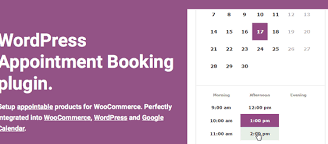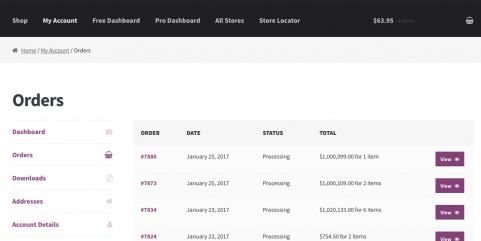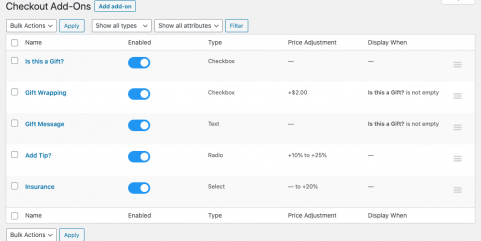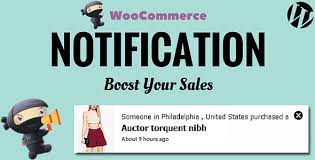WooCommerce Social Login allows your customers to link their store accounts with a social media account for easier, faster checkout. Customers no longer have to remember yet another username and password. Instead, they can use their preferred social network to create an account for your site for a frictionless checkout experience every time they visit.
You can view a demo of this plugin to see it in action.
This page explains how the log in process works.
Social Login buttons can be used on the “Checkout” page to expedite account creation, and customers are taken right back to the page to complete their purchases.
Customers can also create new accounts from the “My Account” page, or existing customers can link an account from the “Order Received” page:
They can also be used by existing users when logged in from the “My Account” page:
Requirements
Below are the requirements to use the plugin. If your site is hosted by WP Engine or uses a caching plugin, please also view the troubleshooting section in case of issues.
- cURL is required for the plugin to function; don’t worry, most hosting providers already have this enabled. However, if your host doesn’t the plugin will show you a notice, and you must ask your host to upgrade your server.
- WooCommerce Social Login works best with pretty permalinks enabled. Go go to Settings > Permalinks and select anything but the default option.
- To allow sign in with Amazon, you must use an SSL for your “My Account” and “Checkout” pages. This is a requirement from Amazon.
- Using bbPress? The username generated by a social login will be the customer’s email, which unfortunately bbPress displays for some reason instead of a display name. See our FAQ entry for guidance on how to change this.
Installation
- Download the extension from your WooCommerce dashboard
- Go to Plugins > Add New > Upload and select the ZIP file you just downloaded
- Click Install Now, and then Activate
- Go to WooCommerce > Settings > Social Login and read the next section to learn how to setup and configure the plugin.
Setup and configuration
Installing the plugin will allow you to set some general settings for all social buttons, then enable settings for each social network. Let’s start with the general settings:
Social Login Options
- Display Social Login on – This controls where the social login options are displayed:
- Checkout: Within the checkout “Log In” Notice
- My Account: On the “My Account” page login
- Checkout Notice: Within a unique Notice on the checkout page (recommend this OR Checkout, not both)
- Product Reviews Pro Login: If Product Reviews Pro is active, this option is shown to let you show Social Login on Product Reviews Pro login windows.
Please note that if a user is logged in (including you), s/he won’t see social login at checkout. The goal is to make your checkout experience seamless, so introducing a distraction at checkout when user information is already there hinders this.
- Display “Link Your Account” button on Thank You page – This will display a notice on the top of the Order Received page to ask logged in users to link their account for faster checkout in the future.
- Checkout Social Login Display Text – This controls the text displayed to users above the social login buttons at checkout.

- Non-Checkout Social Login Display Text – This controls the text displayed to users above the social login buttons outside of checkout, such as if used in a widget.

- Force SSL for all Providers – Enable this to force all callback URLs (when returning to your site) to use SSL (you must have an SSL certificate installed).
- Providers – List of connected providers; drag and drop to change the display order on the frontend.

Provider Settings
Most providers have similar settings (aside from PayPal). You can find settings for each provider under WooCommerce > Settings > Social Login > {Provider Name}.
- Enable/Disable – Check this option to use this provider’s login where you display social options.
- App ID / Client ID / API Key – The name for this field may change, but for each provider, this is the Key or ID you get while creating your app.
- App Secret / Client Secret / API Secret – The name for this field may change, but for each provider, this is the Secret key you get while creating your app.
- Login Button Text – The text that will be displayed on Social Login Buttons for the provider.
- Link Button Text – The text that is displayed on the “My Account” page to ask current customers to connect social accounts to the provider.
Here’s an example of the Facebook Settings:

PayPal Settings
PayPal has an additional setting worth noting: Environment.
- Enable/Disable – Check this option to use PayPal login where you display social options.
- Client ID – This is the Client ID for your PayPal app that you can access from your PayPal developer account.
- Secret – This is the Secret for your PayPal app that you can access from your PayPal developer account.
- Login Button Text – The text that will be displayed on Social Login Buttons.
- Link Button Text – The text that is displayed on the “My Account” page to ask current customers to connect social accounts.
- Environment – This is the environment for your PayPal login app. This should always be live. Sandbox can only be used with a dedicated PayPal sandbox account, which requires much further setup (and isn’t needed since we’re only testing login).

Connecting Social Networks
You can connect WooCommerce Social Login to Facebook, Twitter, Google, Amazon, PayPal, LinkedIn, Disqus, Yahoo, and VK. Please follow our Creating Social Apps guide to set up an app for your social network if you don’t already have one. This will give you API credentials to enter into the plugin settings page to connect your store to the social network(s) selected.
Using Social Login
Once you’ve created your apps and configured the plugin, there’s nothing else that needs to be done from the admin side!
Reporting
If you’d like some insight into how this is used, you can view WooCommerce > Reports > Customers and go over to “Social Registration”. This graphic will show you total registration based on social network:
You can also view this information by visiting your “Users” menu, where you’ll see a new column for “Social Profiles”. This will display which accounts have been linked for a customer.
You can view linked account information in the user profile for the customer as well.

Customer Usage
Customers can manage linked accounts from the “My Account” page. Here they can add or unlink social networks to their customer account. Unlinking a social network will not delete the user account. Customers may have to reset the password to be able to log in if they unlink all accounts and do not want to use a social account to log in.
The only exception is Twitter, as we cannot access an email address from someone’s account via their API. The plugin does have a prompt to ask them to enter an email after signing up with Twitter, but the customer may not do so.
This means they won’t be able to log back into an account after unlinking. However, they can provide you with the appropriate Twitter handle, which will be set as the username. Using this, you can reset the account password and / or add an email address.
Customers can also link accounts from the Order Received page if you enable this notice:
Shortcodes and Widgets
WooCommerce Social Login provides both a shortcode and widget for shop admins to display social login buttons anywhere they’d like to on their website. For logged out users, this will ask them to sign in. For logged-in users, they can link accounts to their site account.
















